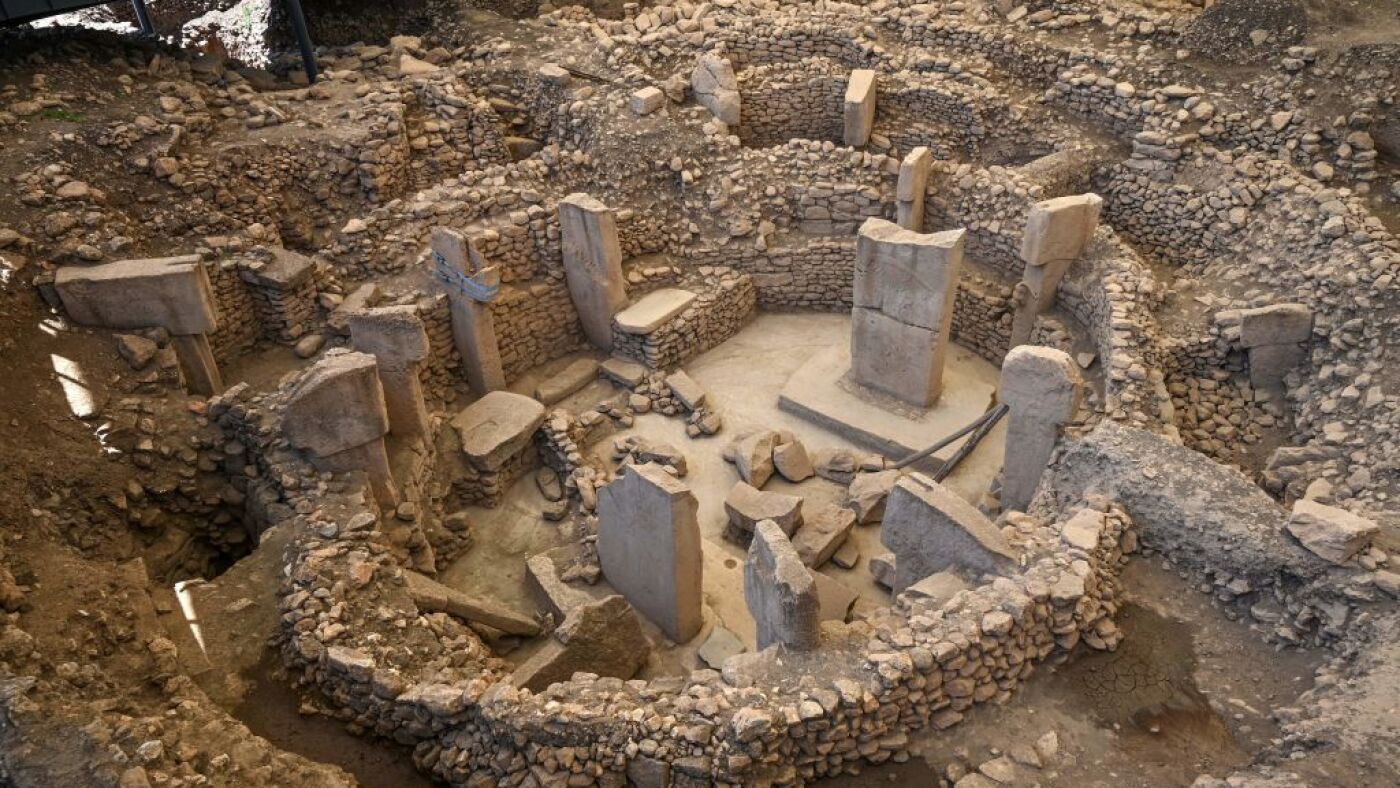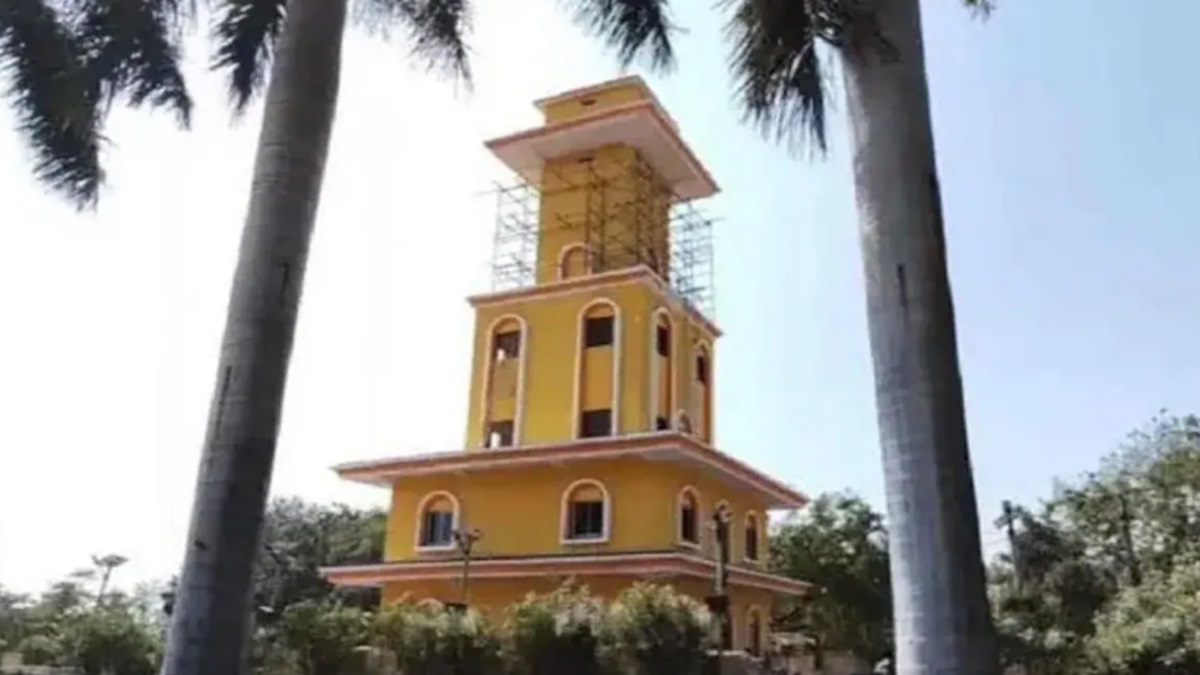
Rameswaram: Sundial clock stands ravages of time
Deccan ChronicleRAMESWARAM: The Tamils' flair for architecture with a "social purpose" is evidenced here in a nondescript hamlet in Rameswaram, where a sundial clock affixed on a tomb in 1937, is still more than an object of curiosity even 82 years after it was built by a family apparently known for its philanthropy. The sundial clock, situated perhaps by design in an open graveyard between Sambaigramam and Maangadu in Rameswaram, adorns the top portion of a commemorative tomb stone put up in memory of a 17-year-old girl who died a tragic death after being stung by a scorpion on August 15, 1937, exactly ten years before India won her Independence, says Satheesh who has studied the structure. Adorning one face of it is a semicircular sundial clock, one of the earliest types of timekeeping devices that all ancient civilizations have known including among the Greeks, Egyptians and the Tamils among others. The apparent idea behind it, says Satheesh, is to enable any passerby to know the time of the day by "inserting a small stick on a hole provided on the upper part of the sundial."
Discover Related

















)